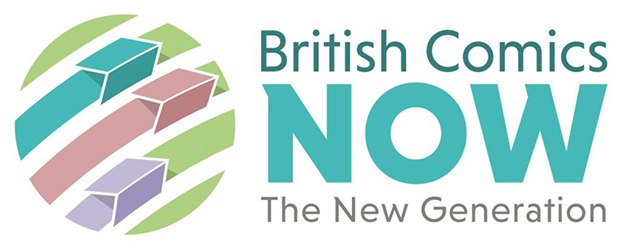
BRITISH COMICS NOW! 10 YEARS OF THE BF 6 TO WATCH! As mentioned at Broken Frontier earlier this year six British/UK-based comic creators will be attending this year’s Toronto Comic Art Festival (TCAF) as part of the British Comics Now initiative from the Lakes International Comic Art Festival (LICAF), and funded by Arts Council England, The Adlard Foundation and The British Council. To mark this at BF we’ll be looking to shine some spotlights on the practice of the six artists involved. In our penultimate interview we talk to 2022 Broken Frontier ‘Six to Watch‘ artist Jason Chuang about couching autobio in surrealism, creative process and the visual language of the form…
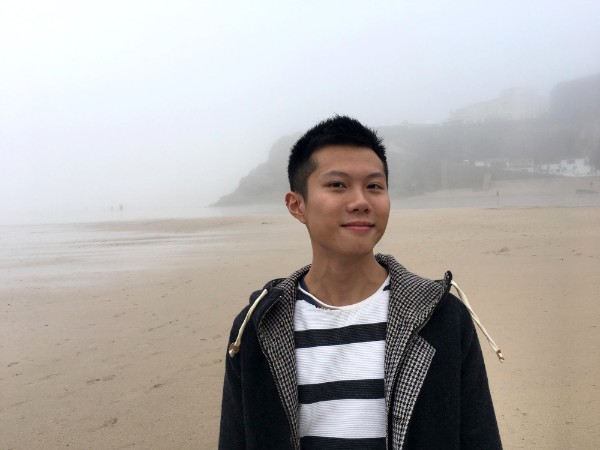
ANDY OLIVER: Your work often has a very symbolic quality with a powerful use of visual metaphor. There’s a narrative there but it’s often open to audience interpretation. Do you see your relationship with the reader as being on a more instinctual, empathetic level? Do you think the interpretive nature of the more surreal elements of your visual storytelling creates a more intimate connection between reader and page?
JASON CHUANG: A lot of my visual language stem from my fascination with mystery, I love to walk on the spectrum between explicitness and obscurity. My objective is to get at the core emotion without being literal, therefore using visual metaphor for assistance can be both challenging and rewarding. The mind is a mystery, there are layers within layers to be unpicked; ultimately I draw to make sense of my experience. The surreal visuals always come from an authentic place and I think the sincerity comes across. Hence the audience find my work relatable, since most of them deal with universal human experiences such as loneliness, loss, trauma and the creation of alternative realities which we all do in our heads. To physicalize these ideas I construct images according to my intuition, paired up with the closest visuals that remind me of the particular feeling. It’s like trying to unlock specific doors with keys I’ve collected in life. The search is really fun, sometimes very difficult, sometimes quite easy, but once it works, it’s very satisfying.
Growing up in Taiwan, an environment which perpetuates uniformity, this is something I both consciously and subconsciously try to stir away and liberate myself from. The interpretive nature people see in my work can be traced back to my affinity with sci-fi, particularly ones where multiple realities co-exist. When I try to provoke emotions, but not being explicit deliberately, I’m putting the audience to the task to arrive at their own realities. It’s rewarding when I hear their feedback. I like how there can be so many answers that are all valid and true for the individual; how my work can have the potential to hold spaces for people to dream.
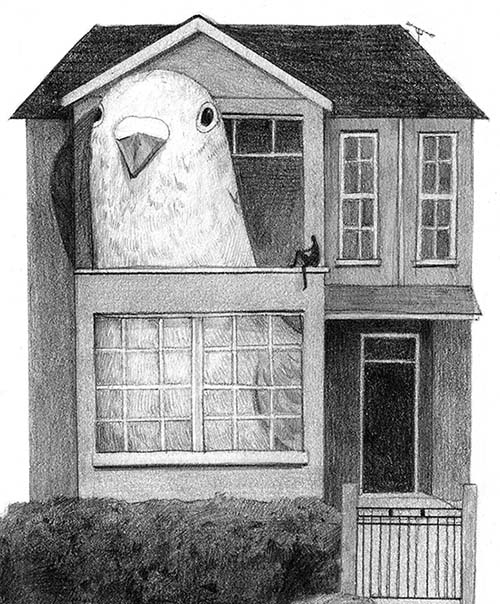
AO: We’ve reviewed your books Tide and The Boy at Broken Frontier. Both books show such a profound understanding of the medium’s particular narrative possibilities, especially in the immersive way they communicate emotion. What are the qualities of the form for you that make it such a rich platform for exploring the themes of your work? And can you tell us a little about the ideas you were exploring in both books?
CHUANG: The idea for The Boy (2018, above) was born out of extreme boredom and dissatisfaction while serving compulsory military service in Taiwan. It was oppressive with lot of rules and regulations which reminded me of my experience of school and family systems. When I made The Boy I didn’t have as deep an understanding of how the world works; that’s why I no longer agree with a small part of the book anymore. Nevertheless, it still speaks to me on a very personal level; essentially this book it is an exploration of how my imagination can be both freeing and confining. The book captures how I was feeling at the age of 22. I had been able to deal with some difficulties in life up to that point thanks to my imagination, but burying myself fully in escapism didn’t always solve my problems, and the book is very much about that.
TIDE (2019, above) was a challenge I set for myself, to get the story out of my system in the space of a few months time. The idea came as a shower thought when I was feeling intense guilt and loss after losing someone I cared deeply about. In TIDE there are two worlds, one with a contemplative man in the shower, another where the audience witnesses the genesis of a metaphorical world, and how it ultimately floods and gets destroyed. The two worlds connect through water and the moon. Both books are in a way therapeutic. I use the graphic novel format as more of a storyboard to order the sequential events especially with TIDE, as I envisioned both stories as moving images while coming up with ideas.
AO: A couple of years back your work was part of the SelfMadeHero anthology Catalyst which looked to promote marginalised voices in comics. Can you talk a bit about that experience, your story in the book, and what you got from the mentorship process?
CHUANG: The programme has been a valuable experience for me learning about the history of comics, its mechanics, the vast variety, functions etc… it’s been eye-opening. I used the opportunity to challenge myself to create a comic with three things I was not comfortable doing: drawing interiors, having more dialogue/speech bubbles, and having to draw a lot of people with lots of hand gestures. My story for this anthology was inspired by my experience of being on a night train going through a dark tunnel; the screeching metallic noises barricaded the outside world. I closed my eyes and imagined the train as a thought that traverses someone’s mind and has an unknown predestination, and how this idea felt so confining yet liberating. I later on developed it into ‘The Guessing Game’ (above), a story between two strangers on a night train, trying to work out their obscure connection through playing a guessing game. It was very challenging condensing my story to an 8-page comic, on top of that portraying fractured memories while telling it in a non-linear manner, but I am quite pleased with the outcome.
AO: Let’s turn to your artistic process. What mediums do you work in? Is there any crossover between traditional and digital?
CHUANG: I used to draw only traditionally. 2018 was a turning point when I got my iPad. Now I use it to finalise my ideas most of the time. It gives me complete control and flexibility while working out compositions, scales and colours. It is the medium I find most effective to communicate ideas and fine-tuning them. Although a lot of my ideas still come from sketches/doodles on scrape papers initially.
AO: I find it fascinating that you’ve said in the past that colour doesn’t come easily to you because for me it seems so skilfully and delicately applied in your comics in terms of establishing mood and enhancing theme. So, with that in mind, how do you approach colour as a storytelling tool in your practice?
CHUANG: I always try to use colour strategically, when I say ‘I’m not good with colour’ what I mean is some parts of my creative process are a lot more intuitive. I can tell quite quickly what angle I should draw, what should be the centre of focus in an image, however the majority of the time I spend is on experimenting/fine-tuning the colours before I get somewhere that I’m happy with. I have to fight back the urge to use every colour that I like but I’ve learnt through experience that a lot of the time less is more. I also don’t like repeating myself. So once I know a certain colour scheme works, I will move on if I’ve revisited those colours more than a couple of times, so every painting is a new challenge.
AO: Let’s turn briefly to some of your other illustration endeavours. In terms of the book covers you’ve designed and illustrated how does that collaborative process work between yourself, author and publisher?
CHUANG: For the Celestial Kingdom series, the art director approached me with a brief and a rough cover idea that was inspired by one of my personal pieces ‘Dreamer’ (below), and notes from the author. Initially I had my own idea so there was a back and forth of exchanging of ideas, but fortunately enough the team trusted my judgement and came to an agreement, in the end, and the books were really well-received.
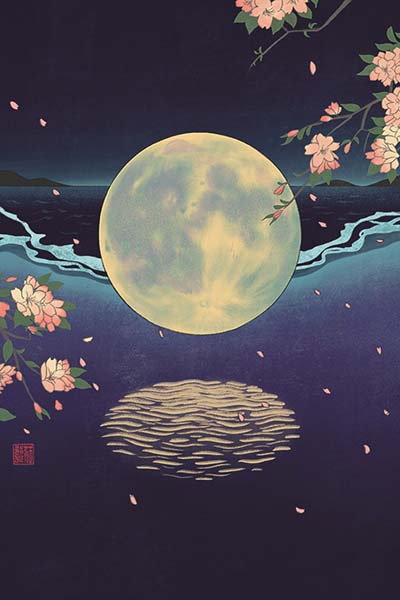
It still amazes me that from that personal piece, one thing leads to another. Now I’m in the process of finishing a children’s book also inspired by the same myth (the moon festival). With a younger audience comes its own unique challenges; the team I’ve been working with for the children’s book also gave me a lot of creative freedom and support, and I was able to bring a lot of my own storytelling elements to complement the text. I look forward to it coming out sometime next year.
AO: What excites you the most about being part of the British Comics Now delegation to TCAF?
CHUANG: I am very excited to meet and talk to the other UK participants for this trip, and to be able to get a feel of the Canadian comic scene. I want to get inspired by the trip and be brave to start making more comics again. I have a very disabling imposter syndrome/inner critic that stops me from doing a lot of things. I’m hoping this trip can also help me break out of it and talk to some publishers about a graphic novel idea that I’ve had for a long time.
AO: And, finally, what else are you currently working on? Any teases you can give us for upcoming creative endeavours?
CHUANG: I am finishing the cover of the first children’s book that I illustrated for, there are two more young adults book covers lined up for me, and a new children’s book that is very emotional and imaginative and I am looking forward to illustrating that. My hope is to also start working on my own graphic novel as soon as possible.
Visit Jason Chuang’s online store here
Interview by Andy Oliver
2024 marks the tenth year of Broken Frontier’s ‘Six to Watch‘ initiative. Look for articles throughout the year celebrating the work of those artists who have been a part of the programme.





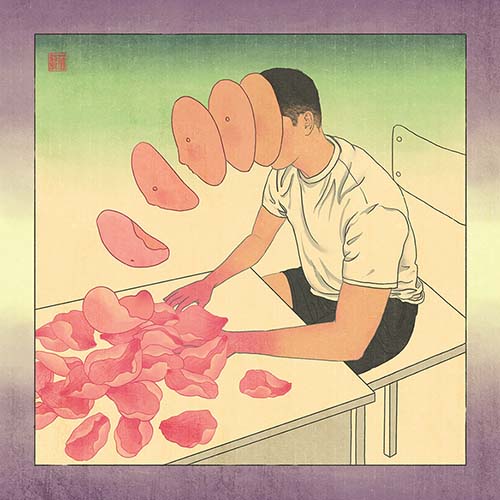
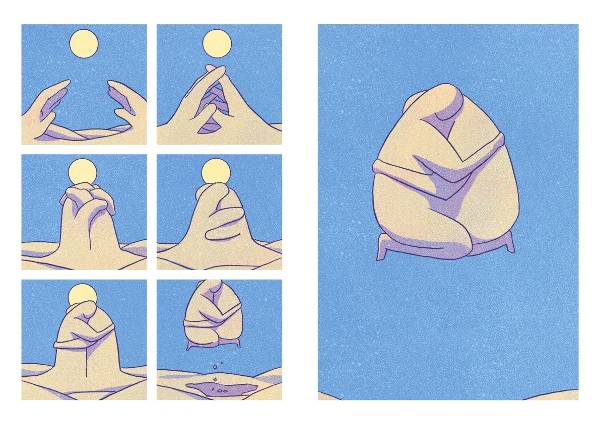
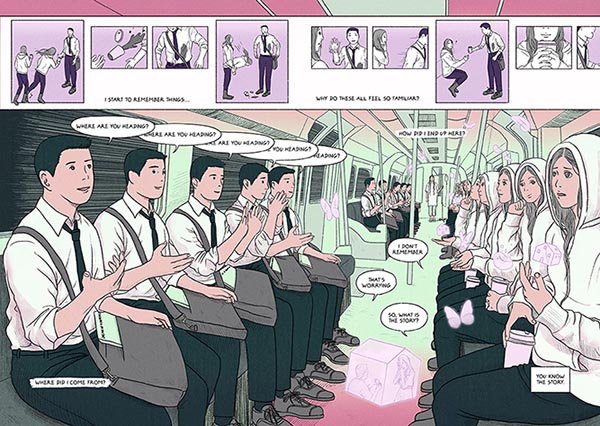
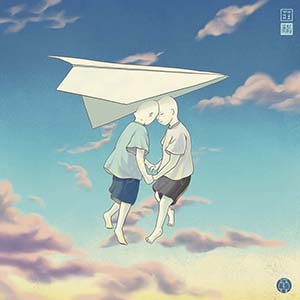
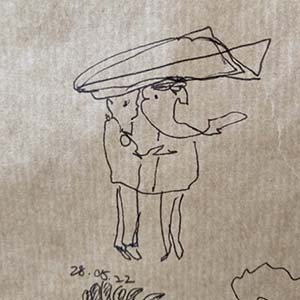
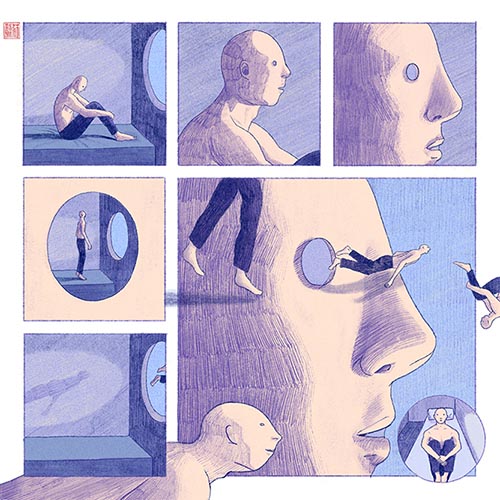
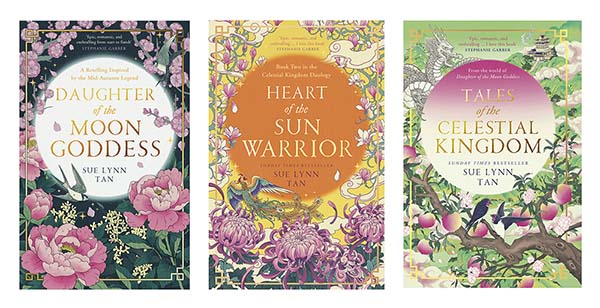
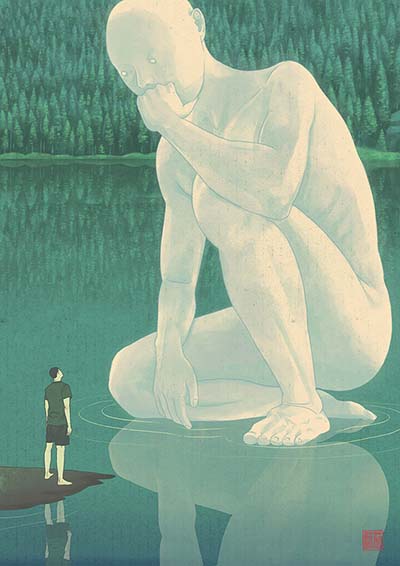
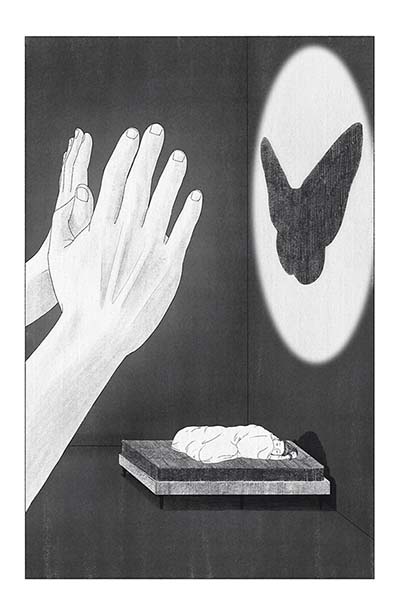
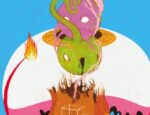
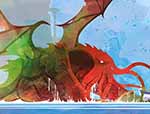
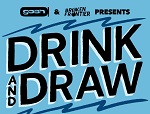
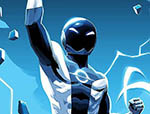
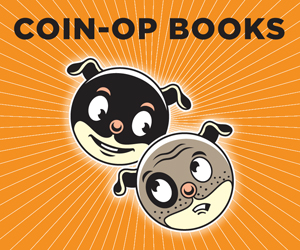





[…] • “I Love to Walk on the Spectrum Between Explicitness and Obscurity” – Jason Chuang on the Visu… […]